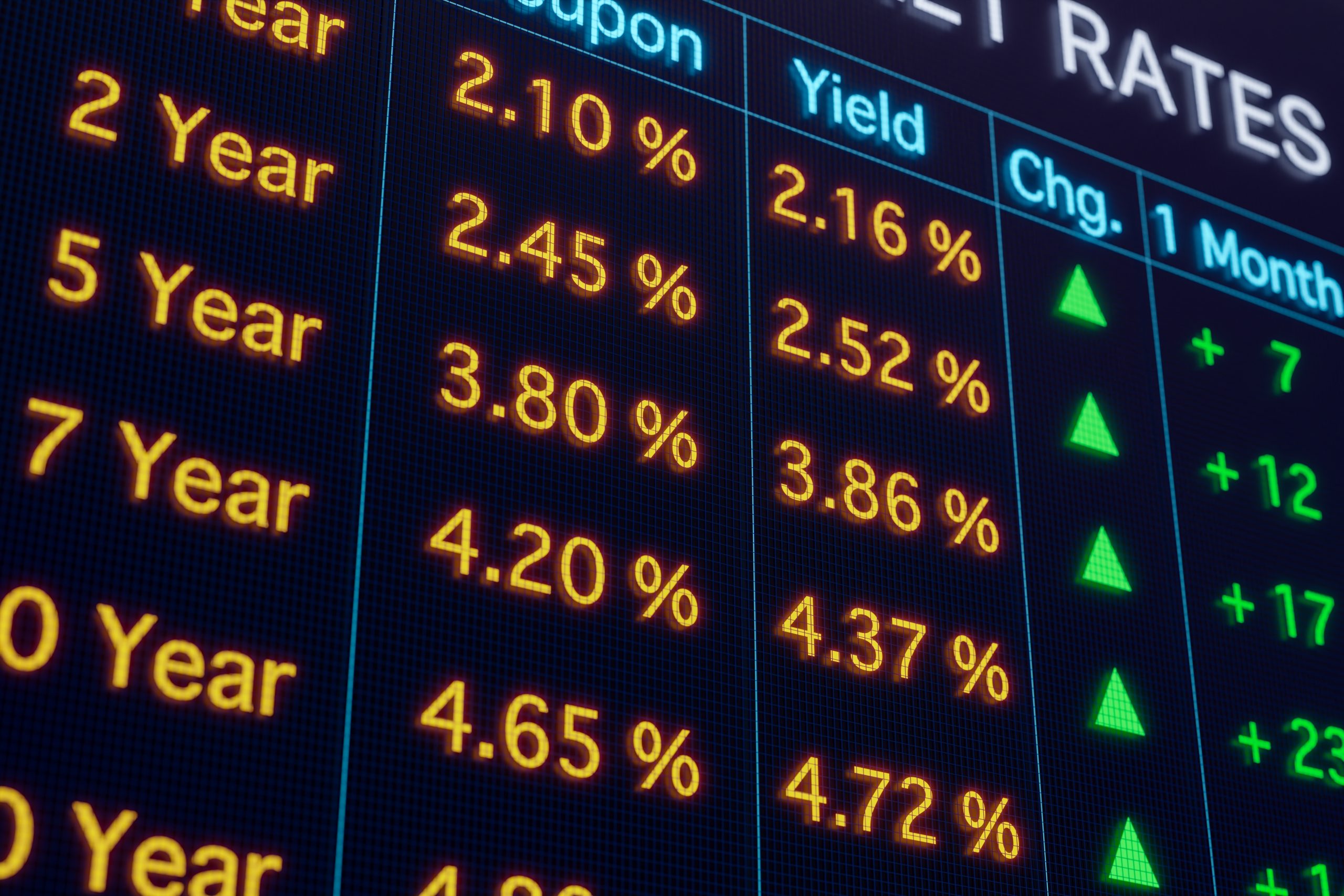Trading the Ethereum/Bitcoin Ratio
The trading relationship between Ethereum and Bitcoin—as measured by the ETH/BTC ratio—has shifted this year, with Ethereum gaining significant ground against Bitcoin during the second half of 2021.

While the recent correction in the cryptocurrency sector has drawn a lot of attention recently, one of the other big stories in 2021 has been the strength of ethereum relative to bitcoin.
Bitcoin and ethereum are the undisputed titans of the crypto universe, so any shift in their trading relationship is arguably very important.
Much like the gold/silver ratio in the precious metals space, traders in the crypto market monitor the relationship between the two using a ratio known as the Ethereum/Bitcoin ratio, or ETH/BTC. In basic terms, this ratio reports how much bitcoin is required to purchase a single ethereum.
And because Bitcoin trades at a much higher absolute value than Ethereum, that amount is fractional. At current prices, the ETH/BTC ratio is roughly 0.08. That means 0.08 of a bitcoin is needed to purchase a single ethereum.
Considering that equation, it’s easy to see why bitcoin enthusiasts might cheer for the lowest possible ETH/BTC ratio, while ethereum enthusiasts might cheer for the opposite.
Ethereum enthusiasts have had a lot more to cheer for, as the ETH/BTC ratio hit a 3.5-year high in December. Through the course of 2021, the ratio has ranged between roughly 0.02 and 0.09, and is currently trading at the upper end of that range.
Source: CoinDesk
Of course, that trend begs the natural follow-up question—why has the value of ethereum strengthened so much relative to Bitcoin this year?
The answer mostly boils down to perception amongs market participants, because it’s buyers and sellers in the market that are pushing up ethereum at the expense of bitcoin.
And while the vast majority of investors and traders in the crypto sector are likely to be uber-bullish on both digital tokens, its nuances within those bullish cases that appear to be changing.
One reason for the recent strength in Ethereum has been attributed to changes in the token’s network (past and forthcoming), which are viewed as constructive to the coin’s utility and longevity.
Ethereum’s recent implementation of EIP-1599 to help combat excessive transaction fees (known as “gas”), is one such example. Ethereum’s expected shift from “proof-of-work” to “proof-of-stake” in 2022—dubbed Ethereum 2.0, or Eth2—is another.
Currently, Ethereum operates on a proof-of-work model, where miners compete to solve complex puzzles in order to validate transactions. This model gets a lot of criticism due to its heavy environmental impact, as it requires an extreme amount of computational power (i.e. electricity).
Proof-of-stake was created as an alternative to proof-of-work, and mandates that so-called validators on the network hold Ethereum coins. Existing owners then offer their coins as collateral for the chance to validate blocks.
Ethereum 2.0 is viewed positively because it randomizes who gets to mine rather than using a competition-based mechanism like proof-of-work. The proof-of-stake system is also viewed as more secure because it structures compensation in a way that makes an attack less advantageous.
Source: Quora
Beyond combating excessive transaction fees and implementing the proof-of-stake system, ethereum also appears to be gaining ground relative to bitcoin for several other reasons.
The non-fungible token (NFT) craze is certainly one of those reasons. Most NFTs are housed within the Ethereum blockchain, so the rising popularity of NFTs has directly impacted the usage and popularity of Ether.
The rise of so-called “stablecoins” has reduced Bitcoin’s stature in the cryptocurrency universe, which indirectly helps Ethereum, too. Stablecoins are cryptocurrencies that attempt to peg their market value to some external reference.
Stablecoins are increasingly being used to fund new cryptocurrency purchases—a role that was previously occupied by bitcoin. Prior to 2020, bitcoin was almost always viewed as the gateway to altcoins.
This trend affects the mechanics of corrections within the crypto sector, because, during selloffs, investors and traders might choose stablecoins as a safe haven, instead of bitcoin. That’s likely a big reason that bitcoin’s correlation with “traditional” financial markets has increased recently.
At the end of the day, it’s impossible to know exactly why the ETH/BTC ratio has shifted in favor of Ethereum during 2021. But the aforementioned narratives are undoubtedly playing a role in the current trend.
The ETH/BTC ratio is included among the 20 Predictions for 2022 in the upcoming (annual forecasting) issue of Luckbox. In all, the issue has 88 forecasts for the coming year. Digital subscriptions are free at getluckbox.com.
To learn more about bitcoin’s increasing correlation with the traditional financial markets, readers can review a new installment of Market Measures on the tastytrade financial network.
Sage Anderson is a pseudonym. He’s an experienced trader of equity derivatives and has managed volatility-based portfolios as a former prop trading firm employee. He’s not an employee of Luckbox, tastytrade or any affiliated companies. Readers can direct questions about this blog or other trading-related subjects, to support@luckboxmagazine.com.




















